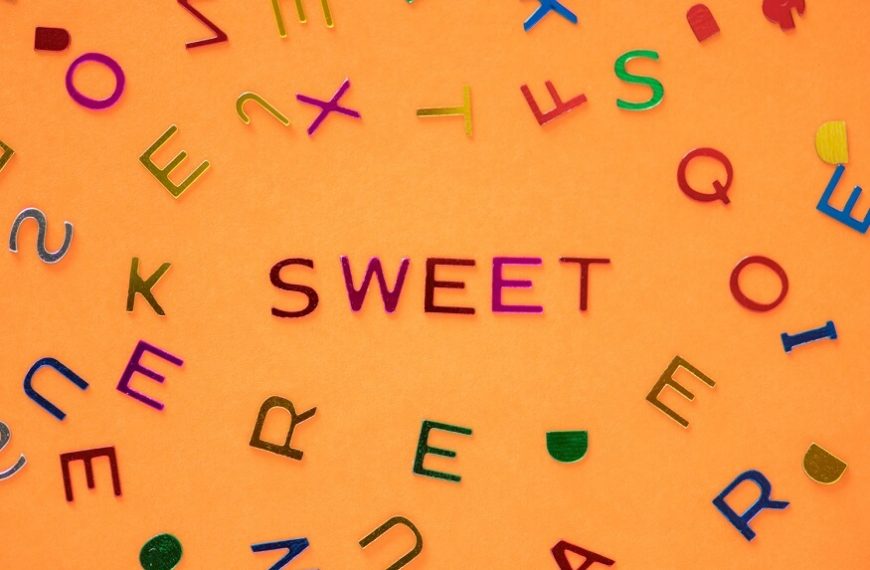Language is a captivating mosaic, intricately woven from letters and sounds. One intriguing facet of language is the presence of double consonant words, which often puzzle both young learners and their parents. We will investigate double consonant words, comprehend the principles controlling them, and present a list of examples in this extensive book, especially to Indian parents, to assist you and your child traverse the world of language more successfully. This blog aims to help you with the knowledge you need to aid young learners in their language journey.
Interesting Fact: Many languages across the world use double consonants for emphasis, clarity, or unique phonetic effects, showcasing the rich diversity of linguistic expression found globally. Your child’s ability to speak their original languages can benefit from having a solid foundation in English’s double consonant terms.
What are double consonant words?
Before delving into the guidelines and examples, let’s define what double consonant words are. Double consonant words are those that contain consecutive pairs of the same consonant. In these words, the same consonant is repeated in succession, making them stand out in written and spoken language.
Why does mastering double consonant words matter?
Proficiency in double consonant words goes beyond English language skills; it fosters stronger cognitive abilities in children. It sharpens their attention to detail, improves memory, and enhances their overall linguistic competence. Moreover, a solid grasp of these words lays a foundation for advanced vocabulary and effective communication. In multilingual India, where diverse languages coexist, this knowledge becomes even more valuable. So, by helping your child master double consonant words, you’re not just nurturing their English abilities; you’re empowering them for broader linguistic and cognitive success.
What is the rule for double consonants?
The occurrence of double consonants in words adheres to a set of principles that might assist learners and parents in understanding their usage. Here are some important guidelines to remember:
In English root words, double consonants frequently occur; whether they do so after the addition of suffixes or prefixes depends on the word’s spelling and pronunciation.
Example: “Run” becomes “Running” (doubled “n” becomes “nn”).
Short Vowels: Double consonants are more common in words with short vowels. This is because the doubling of consonants helps indicate the short vowel sound in pronunciation.
Example: “Hopping” (doubled “p” indicates the short vowel sound in “hop”).
Monosyllabic Words: In one-syllable words with a single vowel followed by a single consonant, double the final consonant when adding a suffix that begins with a vowel.
Example: “Sit” becomes “Sitting” (doubled “t” ensures the short vowel sound in “sit”).
Consonant Digraphs: Consonant digraphs like “th,” “ch,” and “sh” are never doubled, even when adding suffixes or prefixes.
Example: “Bath” remains “Bathing,” not “Bathing.”
Exceptions: As with many rules in English, there are exceptions. Some words have double consonants even though they may not follow the guidelines precisely. These words should be memorised individually.
Double Consonant Words List
To help you and your child better understand double consonant words, here’s a double consonant words list along with their usage:
Foggy – The morning was foggy, making it hard to see.
Rabbit – The rabbit hopped through the garden.
Ballet – She is taking ballet lessons every Saturday.
Borrow – May I borrow your pencil for a moment?
Hopping – The children were happily hopping around.
Dinner – We had a delicious dinner last night.
Pretty – The flowers in the garden were pretty.
Occurring – The event is occurring later this evening.
These examples demonstrate how double consonants can affect the pronunciation and meaning of words in different contexts.
Double Consonant Words Examples in Indian Languages
Double consonant terms are not unique to English. Double consonants are important in the pronunciation and word development of Indian languages. Understanding double consonants in English can really help your youngster comprehend these original languages more successfully. Some examples:
Hindi: In Hindi, double consonants are denoted by letters like “क्ष” (kṣa), as seen in words like “क्षमा” (forgiveness) or “छात्र” (student).
Kannada: Kannada also employs double consonants, such as “ತ್ತ” (tta) in words like “ಮತ್ತು” (mattu, and) or “ಹತ್ತು” (ten).
Tamil: In Tamil, double consonants are evident in words like “பத்து” (ten) and “க்ஷமி” (forgiveness).
Bengali: Bengali showcases double consonants, including “দ্ব” (dva) in words like “দ্বিতীয়” (second) or “ক্ষ” (kṣa) in “ক্ষমা” (forgiveness).
Teaching Double Consonant Words to Children
Now that we’ve covered the rules and examples of double consonant words, let’s discuss some effective strategies for teaching them to children:
Phonics and Spelling Games: Engage your child in phonics games and spelling activities that involve double consonant words. Games like Scrabble, Boggle, or online phonics games can be both fun and educational.
Read Aloud: Encourage your child to read books with double consonant words aloud. This helps them practise pronunciation and comprehension simultaneously.
Word Lists: Create word lists featuring double consonant words and review them regularly with your child. Gradually increase the complexity of words as their confidence grows.
Use in Context: Teach your child to use double consonant words in sentences. This helps them understand the words’ meanings and usage in real-life situations.
Flashcards: Create flashcards with double consonant words on one side and their meanings or context on the other. Use these flashcards for quick practice sessions.
Conclusion
Double consonant words are an intriguing aspect of the English language, and understanding them can be immensely helpful for young learners. By following the guidelines outlined in this blog and exploring the provided examples, you and your child can build a solid foundation in language skills.
Remember that learning is a journey, and patience is key. Be sure to make the process enjoyable by incorporating games and interactive activities into your child’s learning routine.
If you’re looking for a nurturing and engaging environment for your child’s holistic development, consider EuroKids. Our curriculum is created to encourage phonological awareness, linguistic competency, and general cognitive development. We make sure that kids achieve academically and acquire important life skills like critical thinking, creativity, and effective communication by placing a strong emphasis on interactive learning. To learn more about us, visit the EuroKids branch nearest to your house.















